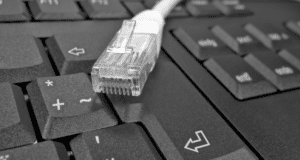Table of Contents
One of the most common dilemmas people have is choosing between DSL and cable internet. They're two of the widely available broadband internet types with budget-friendly pricing, flexible plans, and there's a good chance they're available in your area.
Key Takeaways
- DSL is widely available because almost every part of the country has access to phone service, so it’s a great option for people in rural areas who don’t want to choose satellite internet.
- Cable is ideal if you stream on multiple devices, hop on a lot of video calls, or download large files, while DSL is better if you only check your email every once in a while and casually surf the internet.
- If you need reliable streaming capabilities and ample bandwidth, then cable internet may be right for you
If you want high speed internet connection and you're down to comparing between cable vs DSL, this post should help you decide which type of internet to pick. There's also a fiber vs DSL dilemma to consider.
DSL vs Cable Internet: Comparing Internet Options
In most countries, internet connection options include DSL, cable, satellite, and fiber internet. All of these options are faster than dial-up internet. We put out a cable vs fiber internet review here, as well.
While each of these options has its pros and cons, many people end up with a choice between cable or DSL internet since they are widely available and there's a good chance that the infrastructure has already been in place for years.
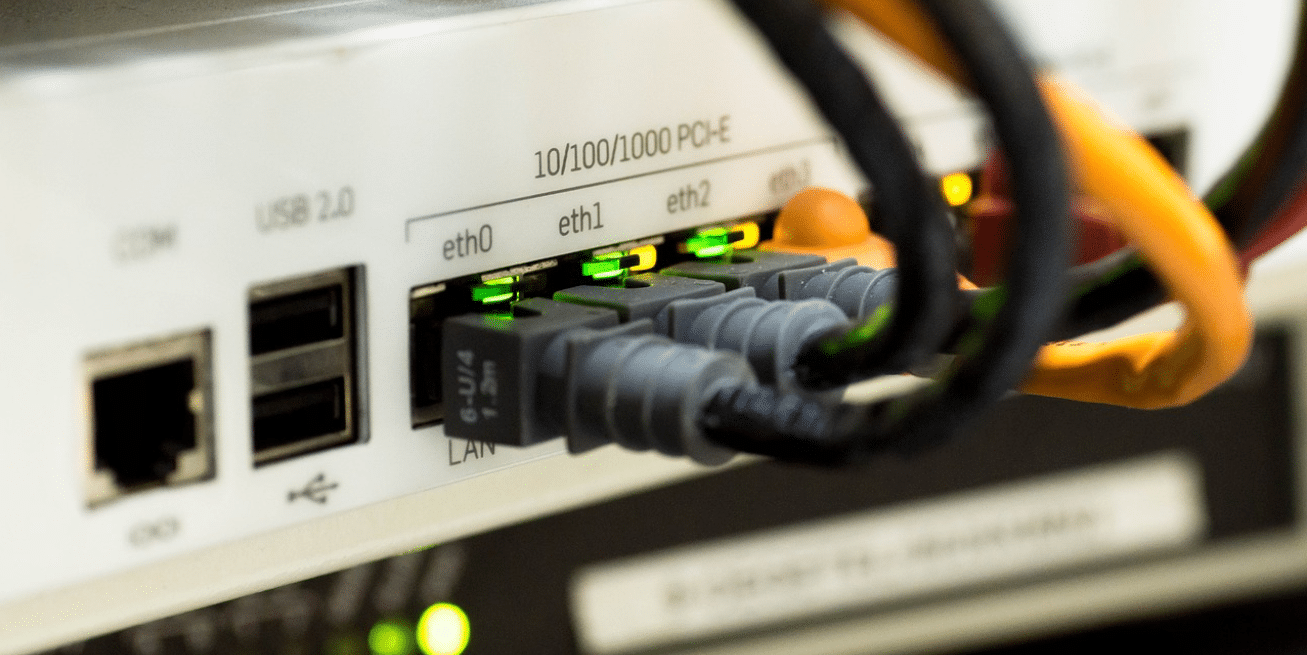
Infrastructure and Installation of Cable and DSL Internet
You can have satellite internet installed anywhere you want, which is perfect if you live in rural areas where there are no DSL or cable internet service providers such as Spectrum or ATT in your area.
Fiber optic internet is the type of internet for the future. Fiber internet offers some of the best internet download and upload speeds you can find in the market. However, fiber internet isn't as widely available as DSL or cable internet.
DSL stands for digital subscriber line is one of the oldest internet technologies available. It came right after the infamous dial-up internet.
For the DSL connections to work, internet users need:
- Phone lines: DSL uses your standard phone lines to connect you to the internet and data transfer and receive.
- DSL modem: Connects the telephone lines or landline phone network and the DSL service to your PC
- A router: This transmits data from your modem to your computer. It can also bring Wi-Fi to other devices.
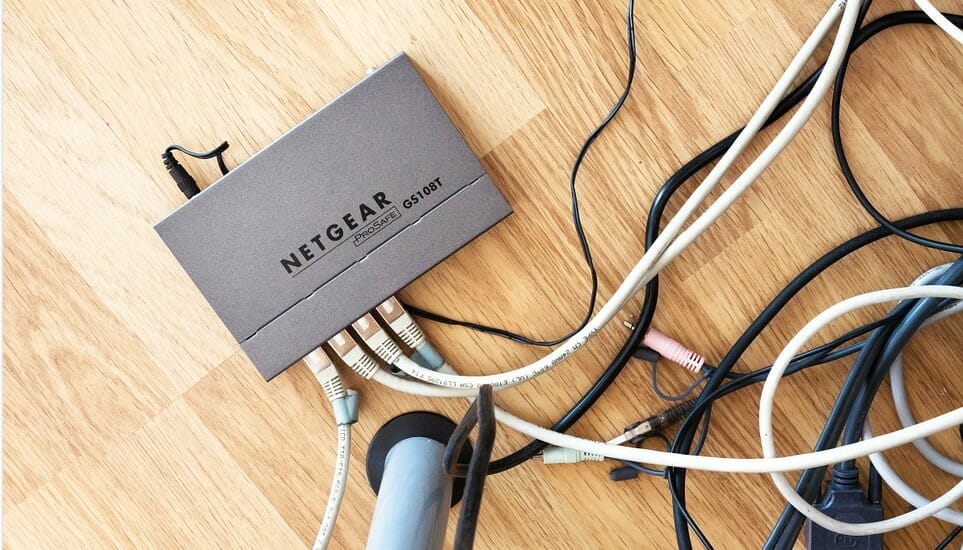
Because of how it is installed, DSL provides a continuously "on" connection. You can also use it even while you're using the home phone. The connection you get from a DSL internet is dedicated, which means you won't be sharing bandwidth with your neighbors.
In general, your connection would worsen the further away you are from the DSL networks or ISP. So the closer you are located to the ISP, the faster and more reliable your internet will be.
Cable internet connections, on the other hand, use your home cable's wiring on copper coaxial cables. If you currently have cable TV service or used to have one in your area, these cable companies likely have internet plans available as well. The cable providers would just use the same coaxial cable network to give you the internet. You can find out our top internet providers as well.
While cable internet offers higher bandwidth plans, know that this kind of connection runs on shared networks, which means it could get laggy during peak usage times.
DSL and Cable Speeds Comparison
One of the biggest considerations when choosing any internet service is download and upload speeds. Nobody wants a slow internet, right?
DSL speeds
DSL internet providers usually create plans based on speed, such as 20 Mbps, 50Mbps, 100Mbps, 200 Mbps, etc. This is also how they price the packages.
Faster DSL internet plans beyond 100 Mbps are available, but 100 Mbps internet speed might be overkill for most households since online activities don't really eat up that much. For context, you'd be using 5Mbps per device when streaming HD videos, while 25Mbps per device for a 4K video. If you plan to play games on your Xbox One, it will only require 2Mbps DSL speeds.
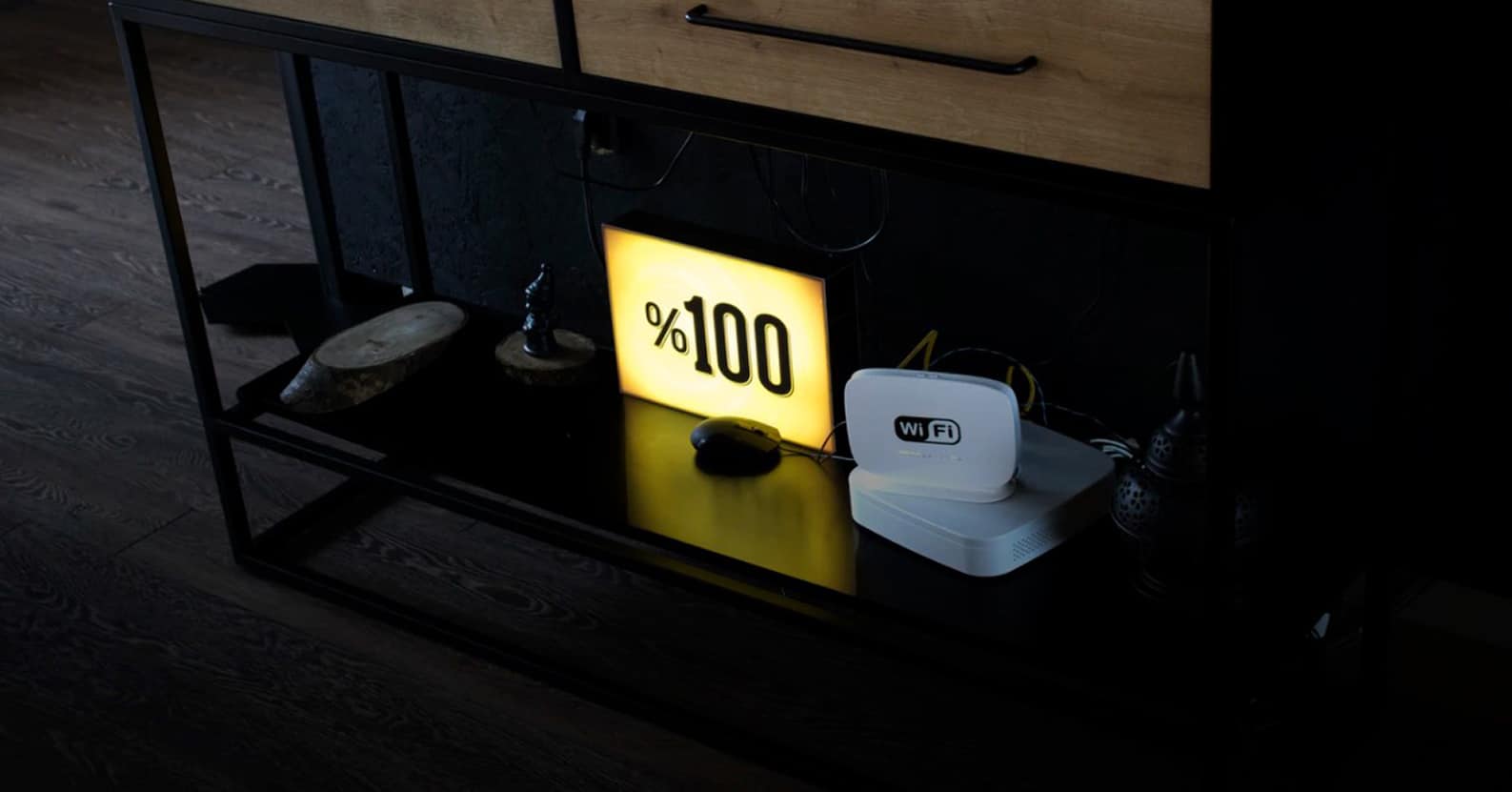
The maximum DSL speed you could get will depend on the DSL providers, as well as the products and services the internet service providers offer. You can find internet plans with speeds as low as 1MPbs.
In general, DSL download speeds extend from 1Mbps to 400 Mbps, while the upload speeds range from 384 Kbps to 8Mbps.
When you're deciding on a plan, or how much speed your household needs, make sure you consider the number of people who will be using the network and the activities these people would likely perform online. There are also internet speed quizzes online that could give you an estimate of the preferred DSL speed best suited for your needs.
Cable Internet Speeds
Cable internet speed isn't necessarily faster than DSL. You are still in control of how much speed you'd like to have installed. The cable providers will offer several packages that indicate certain speeds, but you have to know that this isn't "guaranteed speeds." It is why many providers offer deals with the terms "speeds up to ___ Mbps" since internet providers cannot really promise internet speed.
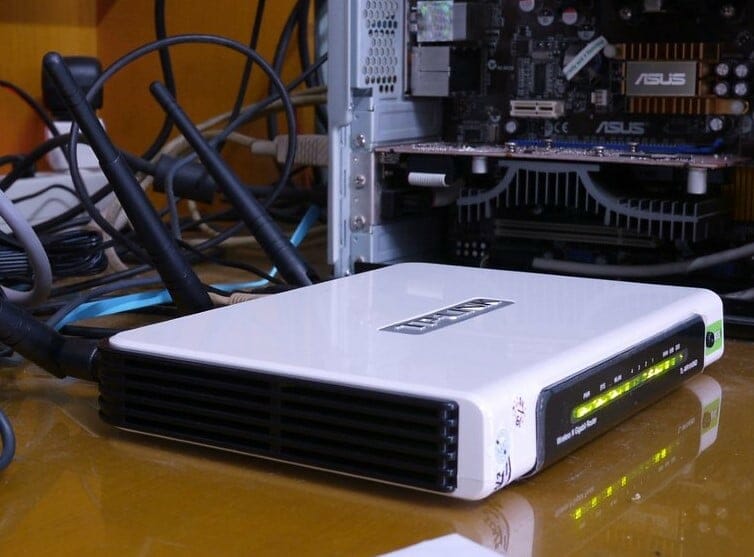
In general, cable internet service offers download speeds starting 25 Mbps up to 1 Gbps with cabel upload speeds that can stretch from 5 Mbps to 50 Mbps.
Just like a DSL internet service, the higher speed you choose, the more it would cost.
Cable vs DSL Internet Availability
According to the Federal Communications Commission (FCC):
- About 88% of Americans has access to at least 1 DSL provider in their area
- About 89% of Americans can get internet from at least one cable provider in their area
In general, DSL providers (like EarthLink, Frontier, or CenturyLink, etc) and cable providers (like Xfinity, Cox Communications, Spectrum Internet, etc.) offer cable TV, phone service, and internet service to both residential and businesses in urban and suburban areas. There may be limited internet access to these services if you live in rural or remote areas.
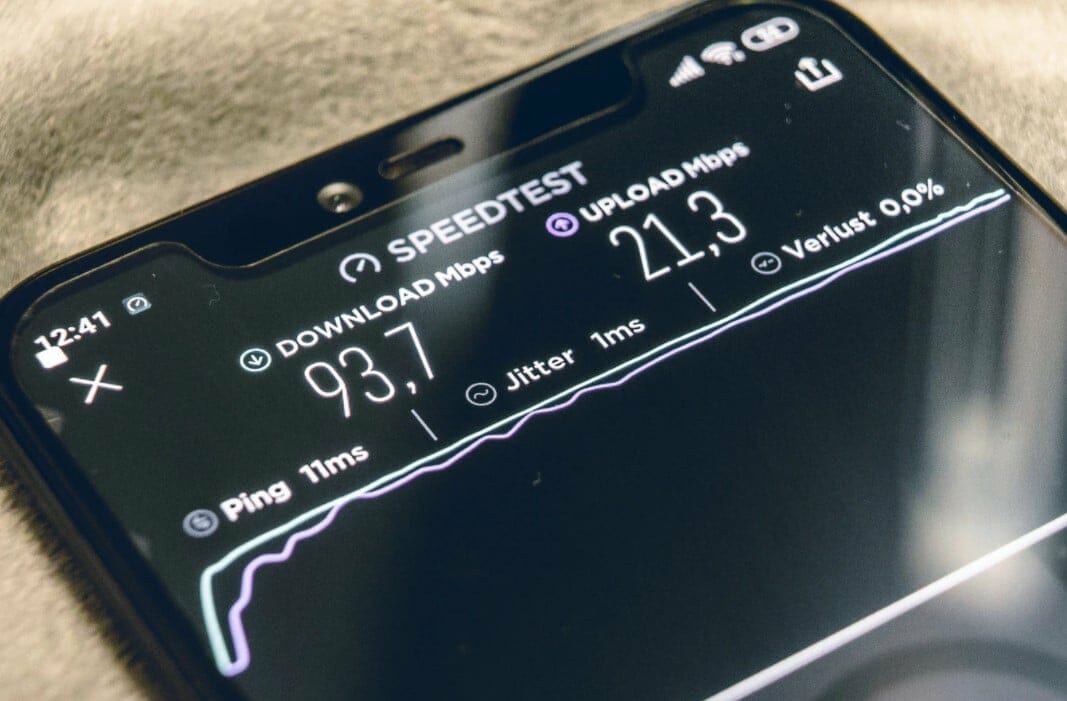
It is very common to have only one internet service provider within a community. Of course, if you live in a metropolitan area, you're lucky because you have more options.
High-speed DSL (25Mbps or faster) is still not available to most locations. Only about 37% of Americans are lucky to experience 25+ Mbps DSL. Whereas cable internet with 250Mbps or higher is easier to get installed than its DSL counterpart, the cable gigabit internet speeds are still only available to .15% of Americans.
Cable vs DSL Internet Pricing
The pricing for both types of the internet is somewhat close. Either way, you could expect to spend about $50 to $60 a month for a decent connection. Aside from the monthly cost, you should also take into consideration the following things:
- Installation cost: If you already have a phone line and the phone providers offer a DSL plan, then the cost might be minimal and included in your phone bill. This should also be the case for any cable TV provider. However, if you're installing from scratch, expect to pay somewhere between $50 and $100. Sometimes, the company lets you pay the installation fee as a monthly installment. Other companies would even let you "self-install" so you could skip the installation fee. On that thought, here's how to install Spectrum internet in case you've opted for the provider.
- Equipment cost: If you decided to go DSL, you would have to shoulder the modem and router. In most cases, the fees for these devices are billed per month (around $10/month) for the first year or several months of your contract. If you already have a working cable modem or router, you may ask the internet providers if you can skip the equipment and just purchase a plan.
If you're lucky and you purchase a plan when a service provider is currently on promotion, your installation fee or equipment cost could be waived.
DSL vs Cable Internet: Pros and Cons
Cable and DSL have a lot of similarities, but they also have differences that are significant enough to help you pick the right internet connection for your home or business needs.
DSL
Pros
Cons
Cable Internet
Pros
Cons
Is Cable or DSL Better for Gaming?
If someone in your household is into multiplayer online gaming, you might appreciate that cable internet has less lag time. DSL just won’t cut it.
The latest Federal Communications Commission (FCC) report shows that DSL latency (lag time) is higher on average than lag time for cable internet providers. The delay might be frustrating if you play online games where ping rate is important because you might get shot at before you have a chance to respond.
What’s the Difference Between DSL and Cable internet?
Both DSL and cable internet have strengths and weaknesses. One is not better than the other, but if they're both available in your location and you found yourself unable to decide between the two, here's what we recommend:
Choose DSL IF:
- You're on a budget and can only pay a certain amount per month
- You have 3 or fewer people using the internet at a time
- There is no cable or fiber internet available in your area
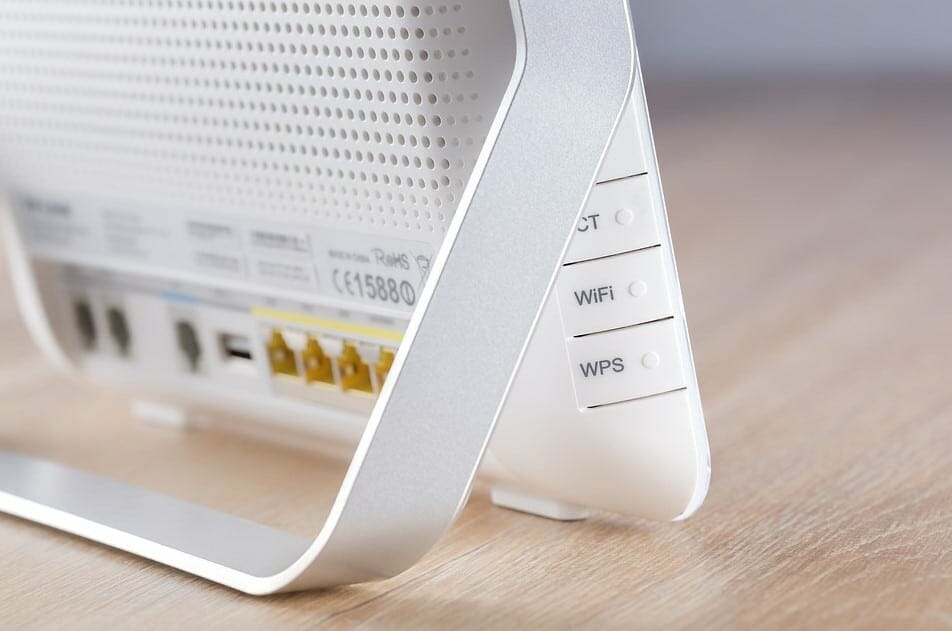
Choose Cable IF:
- You need fast speeds internet
- You have multiple devices connected to the internet
- You're playing online games
- You need to back up large files to the cloud regularly
- You are financially prepared to pay for increased service after the promo period
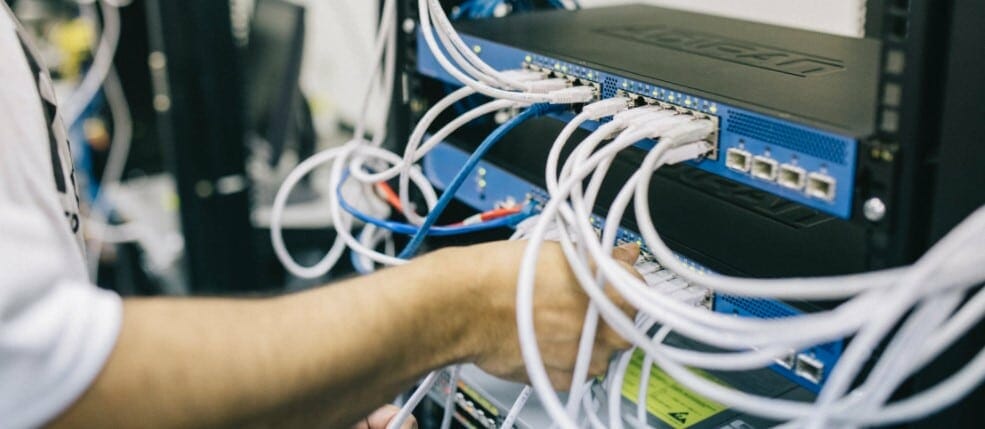
Is Cable More Expensive Than DSL?
Cable high speed internet plans cost more than DSL, but cable is faster, more reliable, and offers better options for bundling with cable TV or even a mobile phone plan. Cable download speeds can reach a maximum of 1,000 Mbps, or 1 Gbps.
While more expensive than DSL, cable internet is more affordable than fiber internet and is widely available. It offers blazing fast speeds that perform well even in large households with heavy internet use. Many cable internet providers offer bundle pricing, which makes cable internet services more appealing than DSL to many people.
Final Word on DSL and Cable Internet
Once you've decided which route to go, make sure to compare internet providers before signing the contract. You'd want to be in the hands of an internet provider that could help you solve connectivity issues should they happen.
FAQs
1. Is DSL or cable Internet better?
There is no clear consensus when it comes to determining whether DSL or cable internet is better. Both options have their own advantages and disadvantages.
DSL internet is typically more affordable than cable, and it also tends to be faster. However, it can be more susceptible to interference from other electronic devices. Cable internet is less likely to experience interference, but it can be more expensive.
In the end, the best option for you will likely depend on your specific needs and budget. If you are looking for a fast and affordable option, DSL is probably the way to go. But if price is not as much of a concern and you want a more reliable connection, cable may be a better option.
2. Is DSL Internet outdated?
Yes, DSL is an aging internet technology. It's been decades since it was introduced, so it's unsurprising that it's being phased out in favor of faster high speed internet. Nonetheless, it may suffice for some. Cable internet connection and fiber internet are now the focal points of attention.
3. Is DSL the fastest Internet connection?
DSL is technically a form of broadband internet signal. Additionally, while DSL is significantly faster than dial-up, it is significantly slower than what you can expect from a cable connection or fiber internet.
4. Is DSL fast enough for Netflix?
Netflix requires a minimum download speed of. 5 Mbps but recommends 1.5 Mbps. Under those conditions, a DSL connection would be fast enough to stream video at a reasonable quality, assuming that your line and equipment are performing optimally.
5. Is DSL faster than cable?
In general, DSL is faster than cable. This is because DSL uses phone lines that are already in place, while cable requires new cables to be installed. However, there are some factors that can affect speeds, such as the distance from the service provider and the quality of the wiring in your home.

